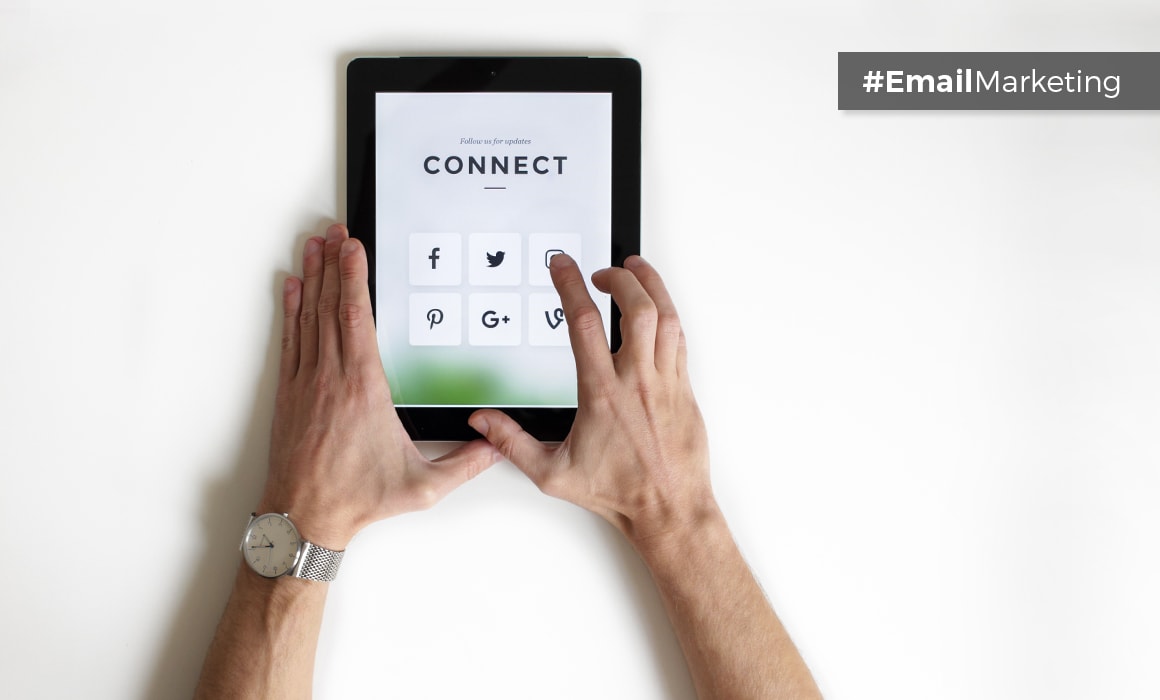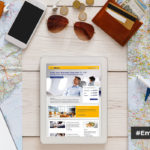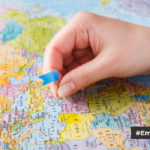3 Travel Trends That are Changing the Travel Industry
There’s been a big change in how we book our holidays and travels with 83% of consumers now booking their holidays online and without a travel agent.
Customers consider more touch points than just brochures to make their decision
Student, honeymooner or senior citizen – the travel industry used to be a well-oiled machine that assigned customers their ideal holiday based on their audience profile and a few printed brochures. Not to be scoffed at, these travel packages were based on years of experience and research, all perfectly combined to craft the ideal holiday experience – for your average consumer that is.
Now with blogs, social media and Google Maps our perceptions of the ideal vacation has changed drastically – and that’s not even talking about the methods we use to book that perfect holiday online. Gone are the days of mainstream cookie-cutter hotel packages and tourist sites. Consumers want personalised, Instagrammable holidays with enough photo-worthy adventures to keep your mates envious for months to come.
Let’s take a look at @Econsultancy’s top 3 trends changing the consumer decision making journey:
- Increase in travel – Millenials are set to travel up to 4.2 times a year compared to the average consumer who would travel 3.5 times a year. These consumers favour experience and adventure above a cruise liner and would travel more often than their elders.
- Social Media as benchmark and research tool – We’ve all seen (and been envious) of those Instagram posts. Now 89% of millennials say they use social media to decide and plan their upcoming travel activities. People are now inspired long before they start thinking about actually going on vacation, and their destinations are set by their peers rather than planned research.
- Travel Personalisation – Customers are looking for personalised brand experiences tailored to their wants and needs. They want the brand to get to know them better but while 67% of people want personalised travel communication, only 44% of believe that the correspondence they receive from brands are actually good.
So, if we acknowledge that there’s a shift in how customers approach their holiday planning, how can we use these trends to optimise our marketing efforts?
- Personalise your communication
Don’t just add their name in the subject line. Segment your customer data according to their historical travel history and keep your content in line with this data. Don’t have any historical data? Ask your customers and profile them from scratch through a profiling campaign that allows users to tell you themselves whether they prefer a beach, city or adventure holiday.
- Add Value to your customer’s journey
If customers are looking for a special experience rather than a specific destination, then the onus is on you to make sure their experience is as good as it can be. Send restaurant recommendations, top tourist attractions and travel tips prior to departure to ensure that users are more likely to have a great experience than not. Use the data collected as part of your profiling to ensure your tips and recommendations are relevant to your customer to add maximum value.
- Create brand ambassadors on social media
If users are more likely to let their peers decide their next journey than your marketing, partner with influencers and brand ambassadors that can promote your destinations and packages on their own profiles. Also engage with destinations and content even if it isn’t from your ambassadors to increase the profile of your holiday destinations to your customers.
Let’s get started
Need a little help to set up tailored email marketing strategies for your mailing segments? Digital Fire is a full service digital marketing agency that work on multiple local and international clients. Give us a call for a no-obligation quote.
Resource:
https://econsultancy.com/blog/70182-how-travel-industry-trends-are-fragmenting-the-customer-journey/




